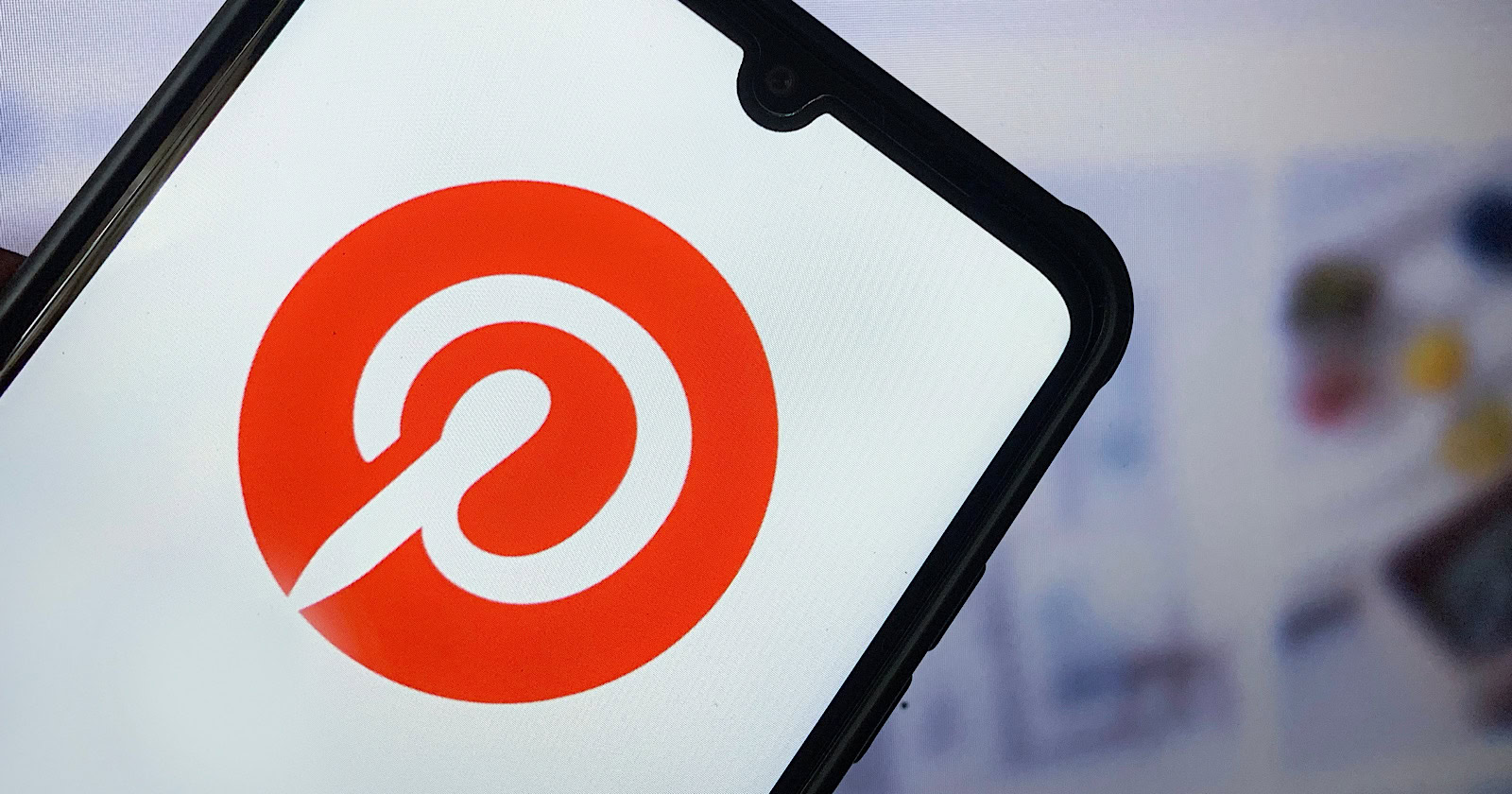How to Create a Great Social Media Strategy Plan in 2023
Many businesses find creating social media strategies overwhelming. So many channels are available, and each platform constantly adds new features you need to learn and integrate into your marketing plan.

Many businesses find creating social media strategies overwhelming. So many channels are available, and each platform constantly adds new features you need to learn and integrate into your marketing plan. If you don’t have a full-time team of social media experts at your disposal, it’s even harder. But the fact is that your online success depends on having a sensible and straightforward strategy that fits your resources and goals. By the end of this guide, you'll know how to develop a social media strategy to drive traffic and quell that overwhelming feeling you get whenever you open Instagram or Twitter. A social media strategy is an outline of the content that your business will post, the responsibilities of your social media team, and the social media channels you will use to promote your business. A social media strategy includes social media goals that complement your business' overall digital marketing strategy. Your social media strategy is your master plan for how you create, post, and engage with your social media content. It encompasses your social content guidelines, posting cadence, social media marketing campaigns, target audience, and engagement strategy that promote your business and brand. Many companies use social media to connect with customers, provide support, advertise new products and features, and promote special offers. According to The State of Social Media in 2023, social media marketers' top three challenges include creating engaging content, creating content that generates leads, and reaching your target audience. Crafting a social media strategy can help you tackle these challenges and more. Social media strategies equip you to set goals and guardrails, track performance, and tweak your benchmarks over time. Without a starting point, you can‘t measure what’s working and how to shift your activity to hit your goals. A social media strategy also helps you set expectations for broader team involvement and get everyone aligned on what they should and shouldn't do on your social networks. Let's unpack how to start building a social media strategy from scratch. If you haven’t already identified and documented your buyer personas, start by defining the key demographics of the audience you’re trying to reach, such as age, gender, occupation, income, hobbies, and interests. Defining your target audience helps you create focused advertising that addresses your ideal consumer’s specific needs. For instance, the below-sponsored tweet by monday.com, a project management platform, highlights the platform’s flexibility and workflow customization feature. The tweet targets business owners and project managers who may feel limited by other project management software. Consider your ideal consumer’s challenges and what problems they're solving daily. Focus on no more than four types of people representing most of your buyers. Don’t get hung up on the exceptions or outliers, or you’ll never get started! Once you start creating content for your audience, focus on engaging your audience at every level. Pay close attention to any questions or comments your audience posts, and be quick to address them, as that engagement could make or break a conversion or purchase. Consumers like feeling like they’re part of a community when they’re on your social media pages. In fact, 1 in 5 social media users joined or participated in an online community in the last three months. As more and more people use social media to discover new products, they’re also finding convenience in shopping for those products directly in the social app they found them in. 80% of social media marketers have found that consumers buy products directly within social apps more often than on brand websites or through third-party resellers. Translation? If you sell products, social media should be a key part of your ecommerce strategy in 2023. Most platforms offer built-in ecommerce features like shoppable posts, and 47% of social media marketers are already taking advantage of selling products directly within social media apps. If you need inspiration for incorporating ecommerce into your social strategy, take a cue from Sephora. Whenever the beauty brand shares an image of a product, they use a product tag that links to its shoppable page above. This makes it easy for its followers to instantly buy something they see on the page without ever having to leave the app. One critical element of successfully selling on social media is establishing brand trust so users feel comfortable purchasing your products directly on the app. While Sephora has built an established brand reputation over time, you can build trust in other ways, even if you’re building your social media strategy from scratch. Focus on sharing customer reviews and testimonials, user-generated content (UGC), and product data to build social proof. Social search is on the rise. As more people turn to social with their queries instead of search engines, 89% of social media marketers agree that social search is important to their overall social media strategies in 2023. Nearly 24% of consumers aged 18-54 use social media first to search for brands. For marketers, this insight means that your social channels must be optimized for search. Prioritize social SEO if you want your social channels to show up in the results when your audience searches for your brand. Similar to optimizing for search engines like Google, there are a few ways you can optimize your social presence: Most small businesses or social teams don’t have the bandwidth to establish and sustain a quality social media presence on every single channel. It's also overwhelming to learn the rules of engagement on multiple networks simultaneously. Focus on the channels that will bring in the highest ROI. For most brands, this will be Instagram. Instagram has proven to be the best source of ROI, engagement, and quality leads. Additionally, 23% of marketers believe Instagram offers brands the most potential to grow their audiences in 2023. If you want to create a strong social media strategy from scratch, start small. Research key networks to learn where your target audience is spending time. For instance, if your ideal consumers are business professionals, it may be beneficial to post on LinkedIn rather than Instagram. Focus your effort on building, nurturing, and sustaining a community on the social channels where your target audience spends most of their time before moving on to another channel. When putting together your social media strategy, consider how you’ll use your channels for customer service. Social media is so ingrained in our day-to-day lives that it’s no surprise that people turn to these platforms for everything from brand discovery to customer service. According to our State of Social Media in 2023 report, 1 in 5 social media users have contacted a brand through DMs for customer service in the past three months. Whether you create a separate account dedicated to customer service or have an auto-reply set up when people DM you on Instagram, have a plan for how you’ll handle customer support through social media. Social media isn’t an exact science. It doesn't work the same for every business or industry. To see results for your business, create a recipe card. A recipe card is a posting and engagement schedule that keeps your team on track and helps you post content consistently. HubSpot has a list of social media tools and templates that you can use to plan your content and create a posting schedule. Develop a reasonable recipe card, one you can stick to and get your team to follow. Set goals for your posting and engagement frequency, and hold yourself accountable for following your recipe. There are countless things to track on your social media channels. Start by looking at how much traffic your social accounts drive to your website or blog. Social media platforms offer tools to help businesses track analytics. For example, you can use Facebook’s Page Insights, Instagram’s Account Insights, and LinkedIn’s Visitor Analytics to see what people are responding to and look for trends related to topics or keywords that generate the most interest. Once you get an idea of your average traffic and post-performance, set goals for key metrics and keep a scorecard to measure your progress. Be sure to choose metrics that are easy to gather because if it’s too time-consuming to track, you won’t be motivated to do it. Examples of simple metrics include the total number of interactions, traffic to your website, and sales or revenue that can be attributed to social. Social media won't start working overnight. Establishing a following, stabilizing your brand, and seeing the results of your efforts take time. So experiment to find the right combination of channels, content, and messaging that works for your audience. Keep track of changes in your post views, audience demographics, and post interactions, and make changes as needed. Over time, you’ll be able to adjust your recipe card, content, and personas based on the information you’re gathering, which will help you fine-tune your strategy and generate more consistent results. Editor's note: This post was originally published in February 2016 and has been updated for comprehensiveness.
What is a social media strategy?
Check out The State of Social Media in 2023: How You Can Build Communities, Drive Sales, and Go Viral, According to 1,000+ Social Media Managers
Why You Need a Social Media Strategy
How to Create a Social Media Strategy
How to Build a Social Media Strategy From Scratch
1. Define your target audience.
2. Incorporate ecommerce.
3. Optimize your social channels for search.
4. Focus on a few key social channels.
5. Make a plan for customer service.
6. Develop a recipe card to guide you.
7. Measure your results.
8. Adjust your tactics.

 Troov
Troov 


































